Ryan Charlton explains how precision rifle shooting can help you maximise your opportunities when out hunting
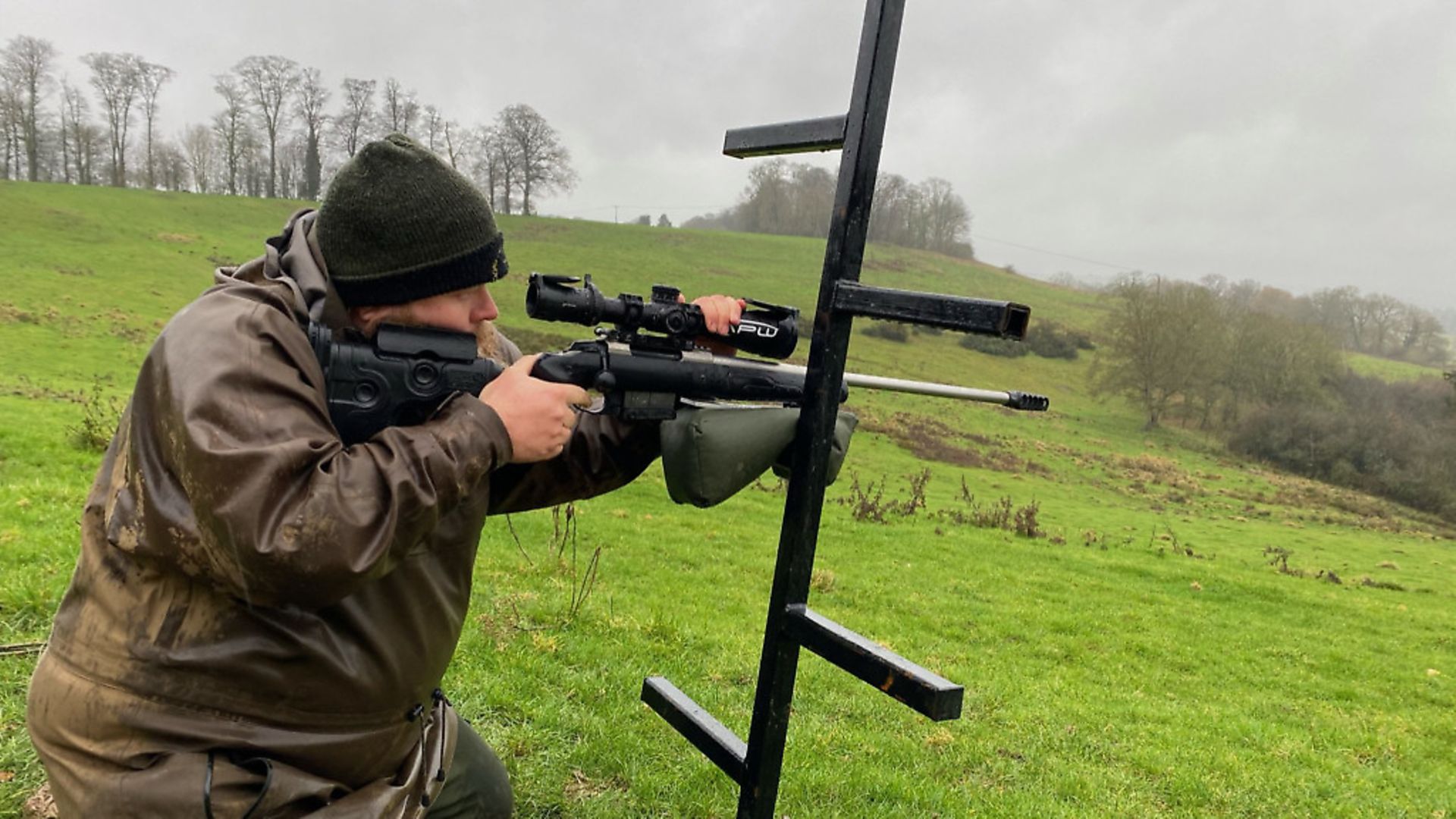 credit: Archant
credit: Archant
Whether your sights are set on a long-range steel target, a deer for the freezer or a fox bothering livestock, the objective is always the same: deliver an accurate first-round hit as quickly as possible with maximum efficiency. So, how are the two connected, and how can precision rifle shooting help in the field?
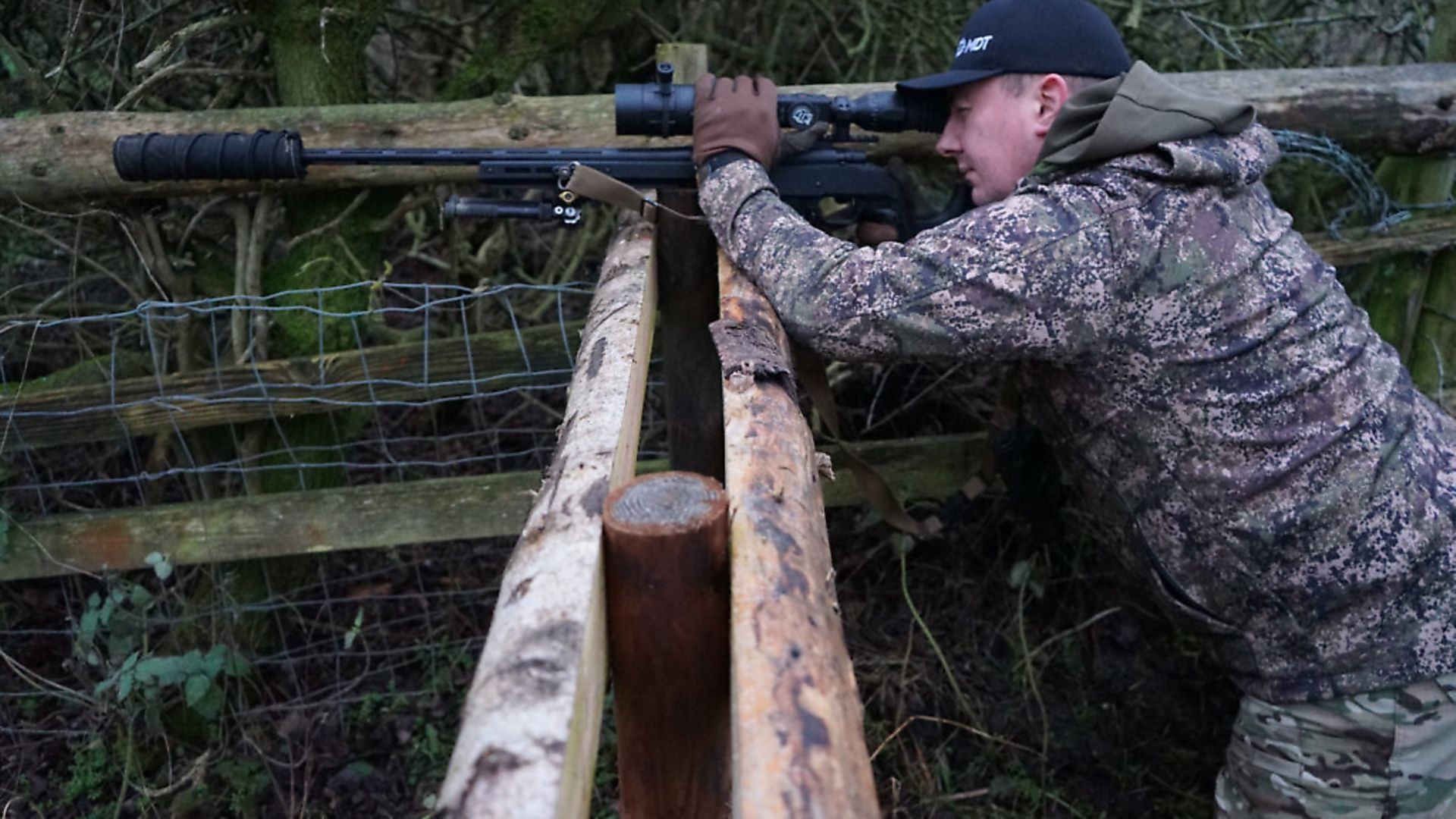 credit: Archant
credit: Archant
Know your equipment
A firearm is a mechanical device, so knowing and understanding its inner workings contributes to its successful use. Whether it’s gun fit, when using an adjustable stock, getting into the habit of checking the torque on the screws, or maybe learning that your first cold-bore shot will land 0.2mm high and right, the greater the understanding you have of your rifle, the greater the chance of a successful hunt. The same goes with equipment: all the gear in the world won’t put bullets where we want if we haven’t practised with them to understand how and when to use them effectively.
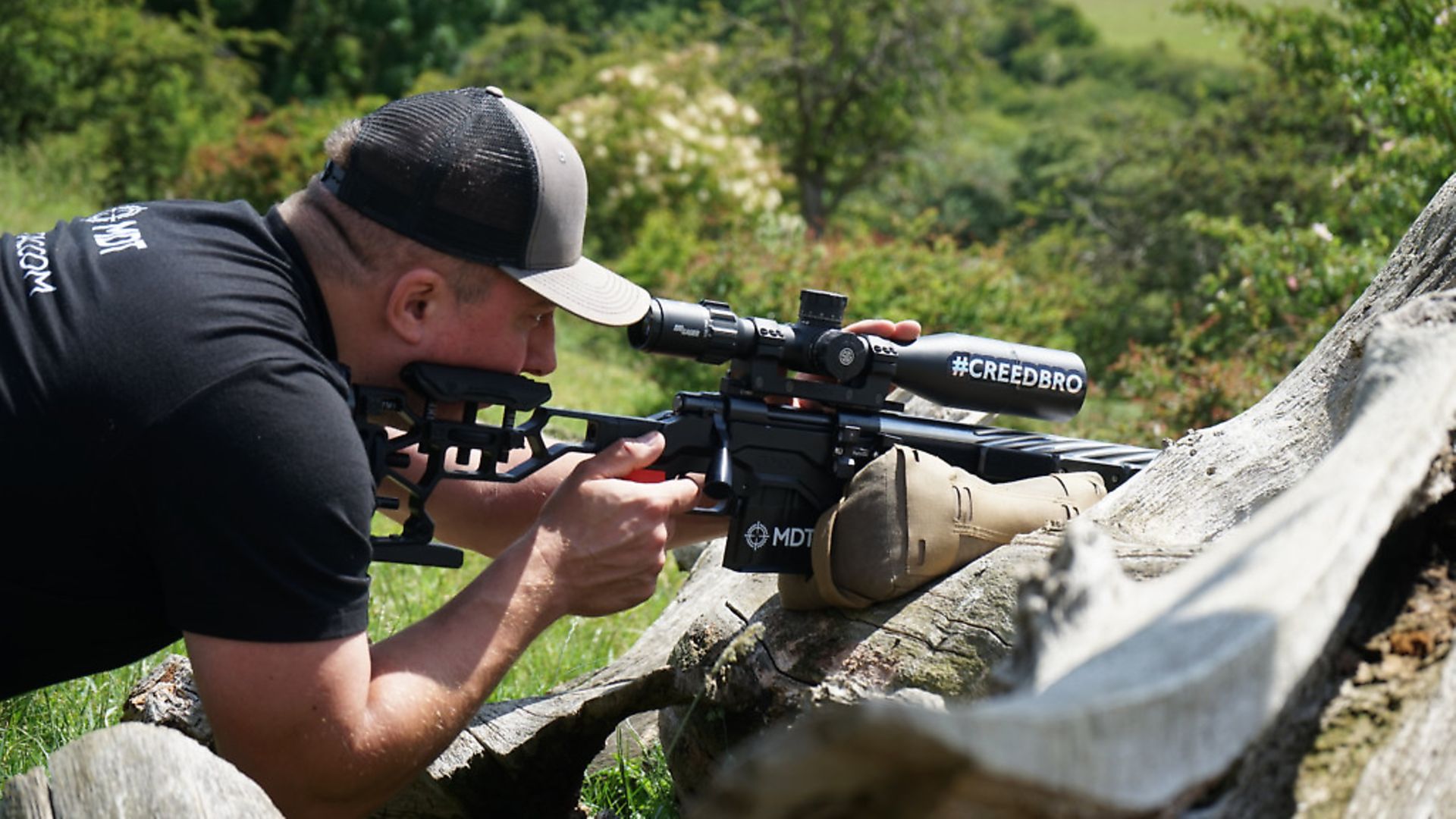 credit: Archant
credit: Archant
Under pressure
Familiarity with equipment is one thing, but being familiar with making shots count from uncomfortable positions and under the stress of a time limit or competition is priceless.
The adrenaline spike and nervous shaking (commonly referred to as ‘buck fever’) is akin to the nervous excitement of beginning a shooting match. The more times we do it, the more familiar it becomes, and we learn how to control it. That doesn’t mean we lose the excitement of making a perfect shot in a competition or harvesting the buck of a lifetime. The fact is we’re all going to shake and wobble, but learning to deal with it and practising to reducing this ‘wobble zone’ is what makes a successful hunter or competitor.
Excited and/or nervous energy is just one element that makes our reticle dance around on target. The foundation to minimising this movement is building a solid position to support the rifle and manage the recoil from the shot; key to this is using all available objects for support and maintaining consistent contact with the rifle through the cheek and shoulder. My biggest focus is making a smooth, controlled trigger press and maintaining follow through as the shot breaks. This helps me resist the temptation to snatch/slap at the trigger. An exaggerated follow through, and keeping your face on the gun, can bring you the best view of your quarry’s reaction to the shot through the scope.
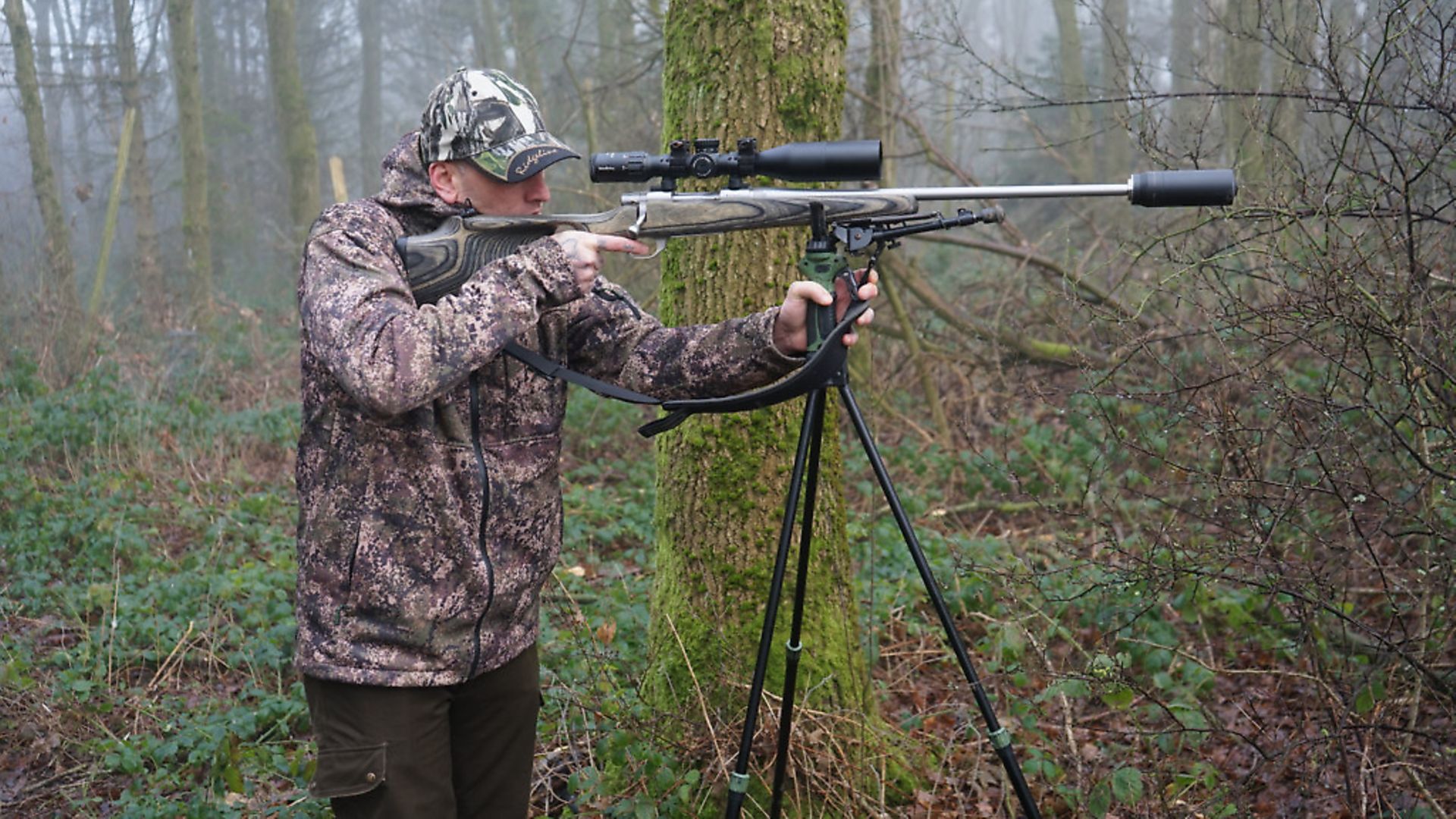 credit: Archant
credit: Archant
In position
Learning to get into position and on target quickly, by having my hips pointing at the intended target, while being square onto it for good recoil management, has had the biggest effect on my success in the field. This is especially true at night, when there are no references to guide the rifle towards its desired point of aim. Likewise, the ability to quickly land an accurate second shot (should a follow-up be required) can come in very useful if things don’t go according to plan. When taking a positional shot, I always like to ensure I have a means of controlling the front of the rifle, be it a hand on top of the scope in a match or gripping the front of a sling when shooting off sticks.
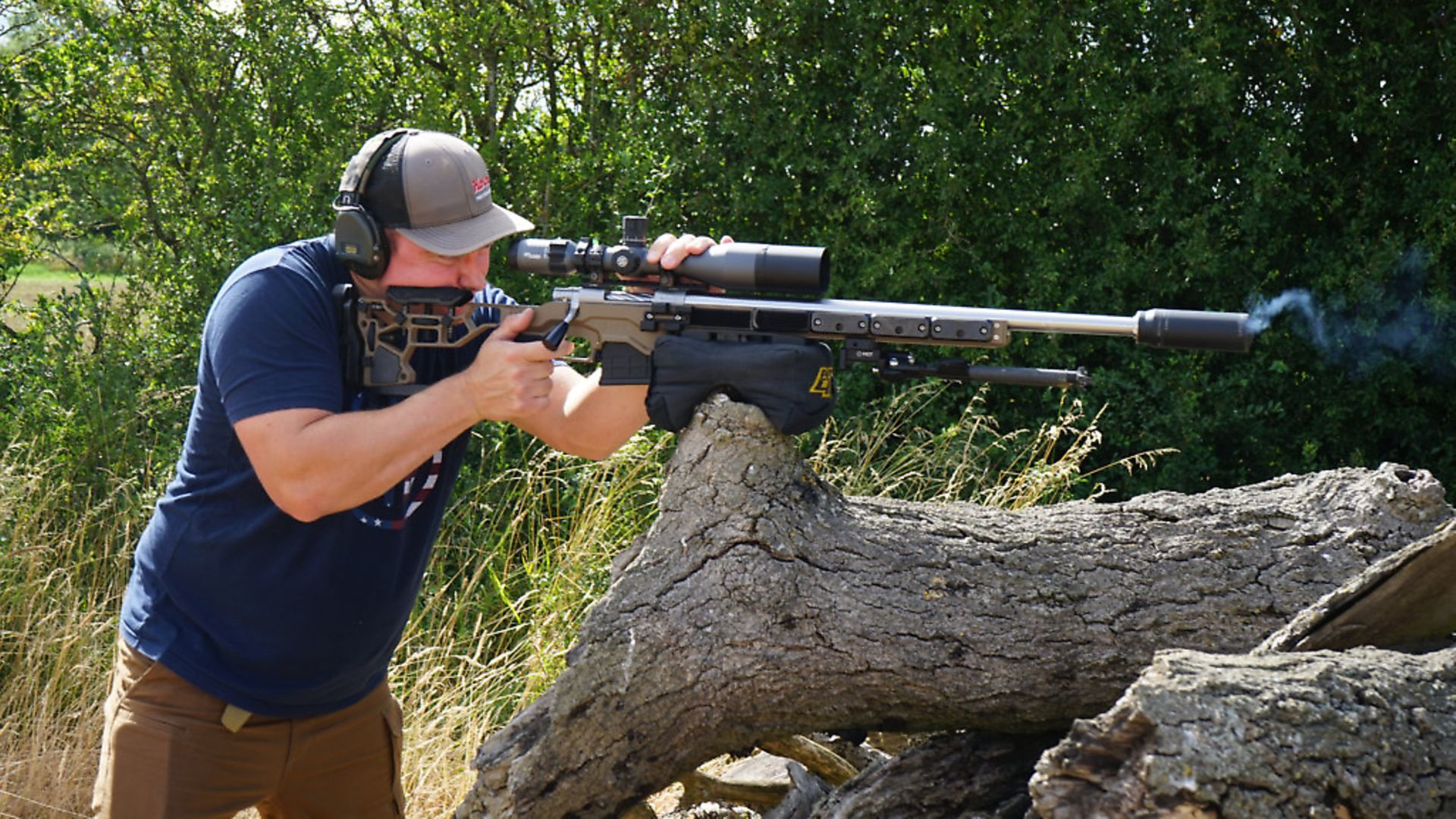 credit: Archant
credit: Archant
Practice time
As much as we’d all like to be excellent shooters, naturally, shooting is a perishable skill, and if we don’t put the time in, we can’t expect to perform as well as we’d like to, whether that’s on the range or in the field. The more times we go through the pre-shot checklist, focusing on breathing, making a good trigger pull and following through, the more ingrained it becomes until, eventually, habit and muscle memory takes over, as it’s something we’ve done thousands of times.
Dry firing is an excellent way to build up these habits, especially during a national lockdown with travel restrictions limiting our access to ranges etc!
Real life practice
Most precision rifle stages will mimic a situation that the course designer has encountered in real life, be it from a high seat or the bonnet of a 4X4. The one area I’ve found to be the biggest crossover between the two disciplines is shooting from barricades at chest height. The vast majority of my shooting is on a sporting estate controlling foxes, either on foot and shooting from sticks or from a vehicle. Invariably, a shot will follow a dash from the vehicle to a five-bar gate, which are handily around the same height as my sticks, meaning that the hours spent on the practice range, or on a cold winter’s night, translates to both more points in competitions and more meat in my freezer!
Positional shooting proficiency is key to success at a precision rifle match or in the field. Modern rifles make it very easy to be accurate with shooting in a relaxed environment, prone or from a bench. Shooting a match is as exciting as hunting, and the stress of being on the clock mimics the stress of your intended quarry not wanting to be shot! Throw in an awkward position, and learning your abilities on an inanimate target becomes a great way to prepare for deer season. It’s rare for a shot to be taken prone in the field, and most stages in a match will require an improvised position. Practising to make accurate shots that aren’t taken from our bellies makes for a more well-rounded rifle shooter.
Know your limits!
Once your quarry is in front of you, making a good shot is far easier when you’re well practised, familiar with the process and confident with your gear! While competitive shooting won’t help us get closer to our quarry, or make us better at getting into position without alerting it, it will increase the chances of success when we’re in a position to take a shot.
Plus, once you have caught up with old friends – and been introduced to new ones – invitations to shoot at new places, as well as to shoot new species, are both regular occurrences following a fun day on the firing line.